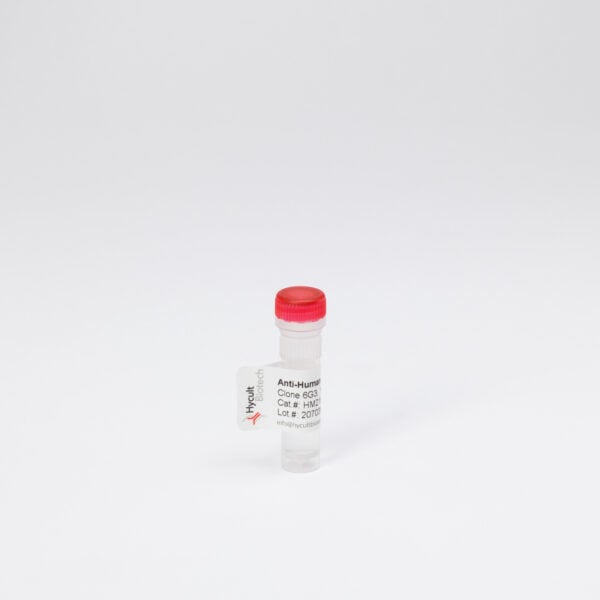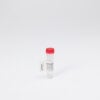JAM-A, domain 2, Human, pAb
€133.00 – €456.00
The polyclonal antibody reacts with the second extracellular domain of human junction adhesion molecule (JAM)-A (also known as JAM, JAM-1 or F11R). Together with JAM-C (JAM-2) and JAM-B (VE-JAM or JAM-3), JAM-A belongs to a family of adhesion proteins with a V-C2 immunoglobulin domain organization. JAMs are important for a variety of cellular processes, including tight junction assembly, leukocyte transmigration, platelet activation, angiogenesis and virus binding. JAM-A is expressed by endothelial and epithelial cells, platelets, neutrophils, monocytes, lymphocytes and erythrocytes. Like all other JAMs, JAM-A play an important role in tight junctions where it is involved in cell-to-cell adhesion through homophilic interaction. It codistributes with other tight junction components as ZO-1, 7H6 antigen, cingulin and occludin. JAM-A also plays an important role in leukocyte transmigration. Leukocyte transmigration can be blocked by antibodies and by soluble JAM-A/Fc fusion proteins. Homophilic JAM-A interactions between leukocytes and the endothelium but also heterophilic interactions of JAM-A with the b2-integrin leukocyte function-associated antigen-1 (LFA-1) are considered to actively guide leukocytes during transmigration. Several studies imply a role of JAM-A in the initiation of atherosclerosis, since JAM-A is upregulated on early atherosclerotic endothelium and adhesion of activated platelets on activated endothelium is mediated by homophilic interactions of JAM-A. The polyclonal antibody reacts with the 17 kDa extracellular domain 2 of the human JAM-A protein. The immunogen used for rabbit immunization is the extracellular domain of full-length human JAM-A. The antibody does not react with mouse JAM-A.






